1 Overview
1.1 About This Documentation
1.2 Overview of VxWorks 653
1.3 Run-time System
1.3.1 Run-time Layers
1.3.2 Supported Target Architectures
1.3.3 Loading and Booting
1.3.4 Run-time Model
1.4 RTCA/DO-178B Certification
2 Developing vThreads Applications
2.1 Introduction
2.2 vThreadsTime Management
2.3 Handling External Stimuli
2.4 vThreads Memory Management
2.5 vThreads Initialization and Restart
2.6 Stack Overflow Protection
2.7 vThreads Device I/O
2.8 vThreads APIs
2.9 vThreads System Calls
3 Developing COIL Applications
3.1 Introduction
3.2 VxWorks 653 Architecture and COIL
3.3 Accessing Core OS Services
3.4 Communicating with Other Partitions
3.5 Handling Interrupts and Exceptions
3.6 Restarting COIL Partitions
4 Developing APEX Applications
4.1 Introduction
4.2 Adding APEX Support to vThreads Partitions
4.3 Terminology and Concepts: APEX VersusvThreads
4.4 Managing APEX Partitions
4.5 Managing APEX Processes
4.6 Managing Time in APEX Partitions
4.7 Communicating between Partitions
4.8 Communicating with Other Modules
4.9 Communicating within APEX Partitions
4.10 Monitoring Health in APEX Partitions
5 Developing POSIX Applications
5.1 Introduction
5.2 POSIX Clocks and Timers
5.3 POSIX Memory-Locking Interface
5.4 POSIX Threads
5.5 POSIX Scheduling Interface
5.6 POSIXSemaphores
5.7 POSIX Mutexesand Condition Variables
5.8 POSIX MessageQueues
5.9 POSIXQueued Signals
5.10 POSIX API for vThreads Partitions
6 Developing C++ Applications
6.1 Introduction
6.2 Configuring vThreads to Use C++
6.3 Writing C++ Applications
6.4 Using C++ Libraries
6.5 Writing C++ Cert Applications
7 Programming in the Core OS
7.1 Introduction
7.2 Partitions
7.3 VxWorks 653 Stacks
7.4 Shared Libraries
7.5 Shared Data Regions
7.6 User Configuration Records
7.7 Multitasking
7.8 Managing Memory
7.9 Restart Functionality
7.10 Partition Support
7.11 Worker Tasks
7.12 System Time
7.13 Partition Scheduling
7.13.1 TPS Scheduling
7.13.2 APPS Scheduling
7.13.3 Partition-Scheduling Routines
7.14 Design Models for Ports
7.15 Setting up Communication with Other Modules
7.16 Verifying Configuration Record Binaries
8 Health Monitoring
8.1 Introduction
8.2 Basic Health Monitor Concepts
8.3 Health Monitor Actions
8.4 Initializing the Health Monitor
8.5 Getting Health Monitor Information at Run-time
8.6 Defining the Health Monitor Handler Table
8.7 Health Monitoring for COIL Partitions
8.8 Other Facilities That Inject Alarms
8.9 Public Information
9 I/O Support
9.1 Introduction
9.2 I/O and vThreads
9.3 Application Multiplexed I/O
9.4 I/O and COIL
10 Cert File Systems
10.1 Introduction
10.2 DO-178B File System I/O Function Support
10.3 DO-178B File System Usage
A VxWorks 5.5
A.1 Introduction
A.2 VxWorks Tasks
A.2.1 Multitasking
A.2.2 Task StateTransition
A.2.3 Wind Task Scheduling
A.2.4 Task Control
A.2.5 TaskingExtensions
A.2.6 Task Error Status: errno
A.2.7 Task Exception Handling
A.2.8 Shared Code and Reentrancy
A.2.9 VxWorks System Tasks
A.3 Intertask Communications
A.3.1 Shared Data Structures
A.3.2 Mutual Exclusion
A.3.3 Semaphores
A.3.4 Message Queues
A.3.5 Pipes
A.3.6 Signals
A.4 VxWorks Events
A.5 Watchdog Timers
A.6 Interrupt Service Routines
B PowerPC Considerations
B.1 Introduction
B.2 Building Applications
B.3 MemoryManagement Unit
B.4 Protection Domains (PowerPC 60x)
B.5 Architecture Considerations
C IA-32 Considerations
C.1 Introduction
C.2 Building Applications
C.3 Memory Management Unit
C.4 Protection Domains
C.5 Architecture Considerations
Index
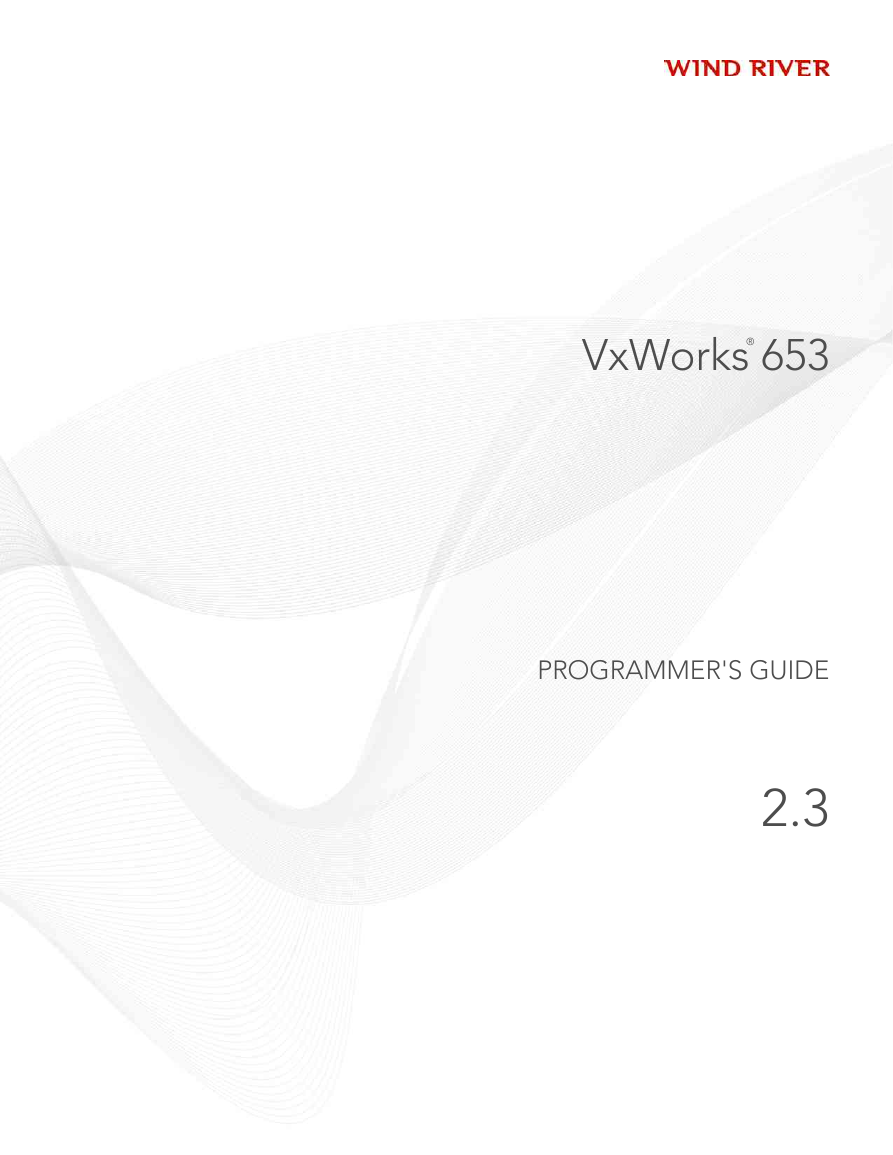

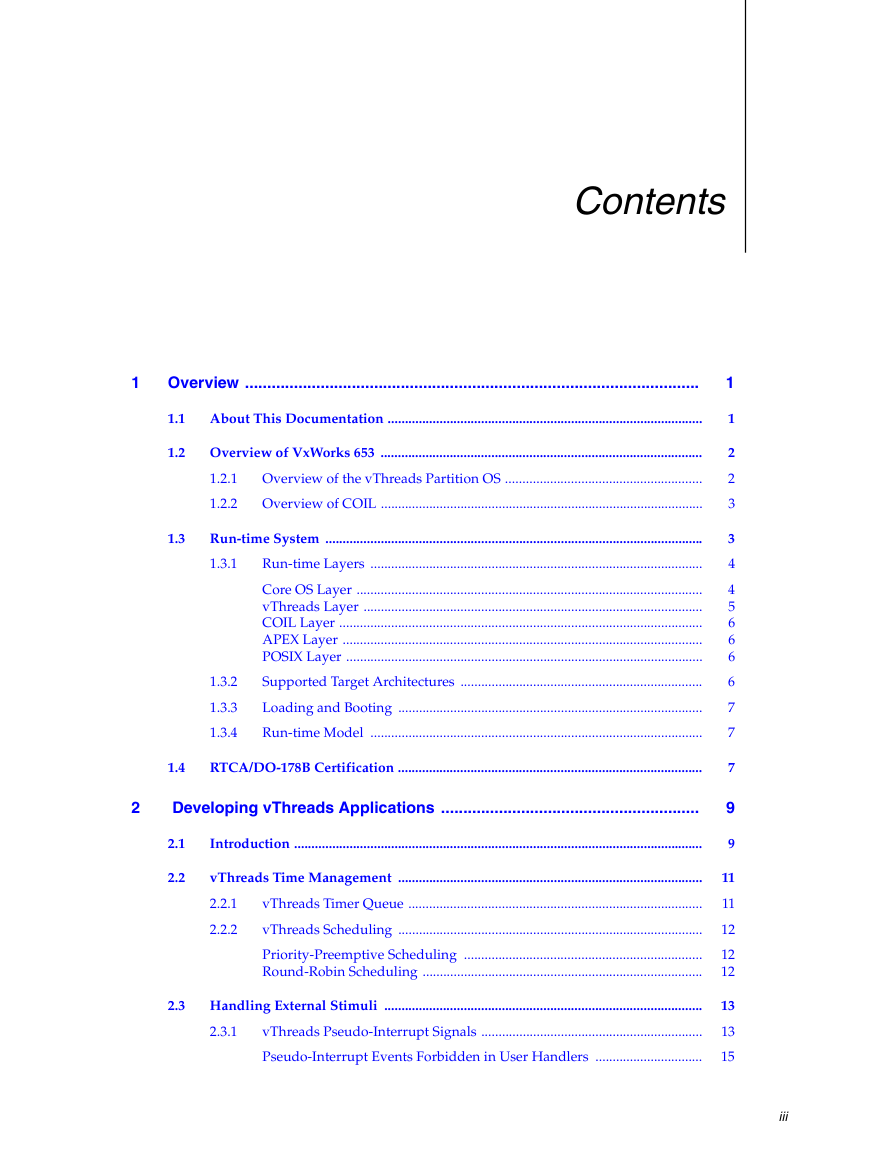
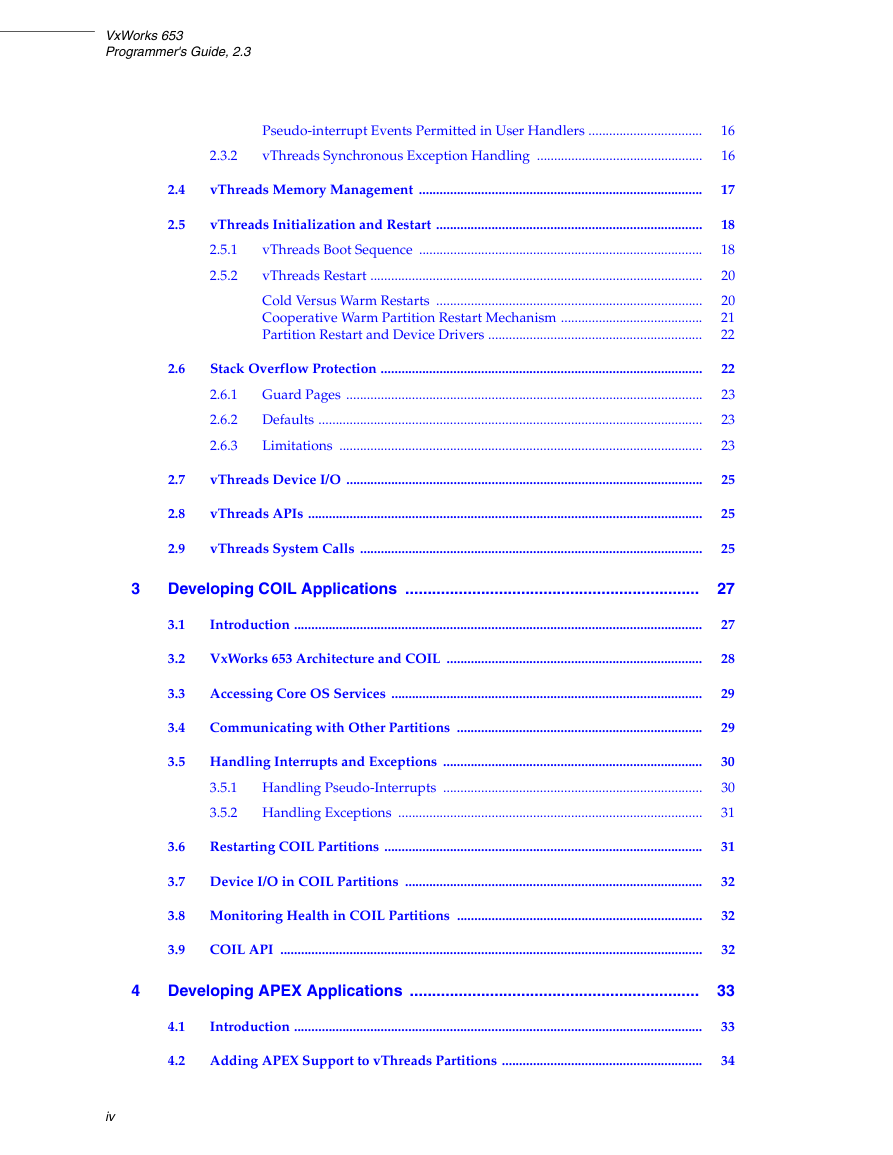
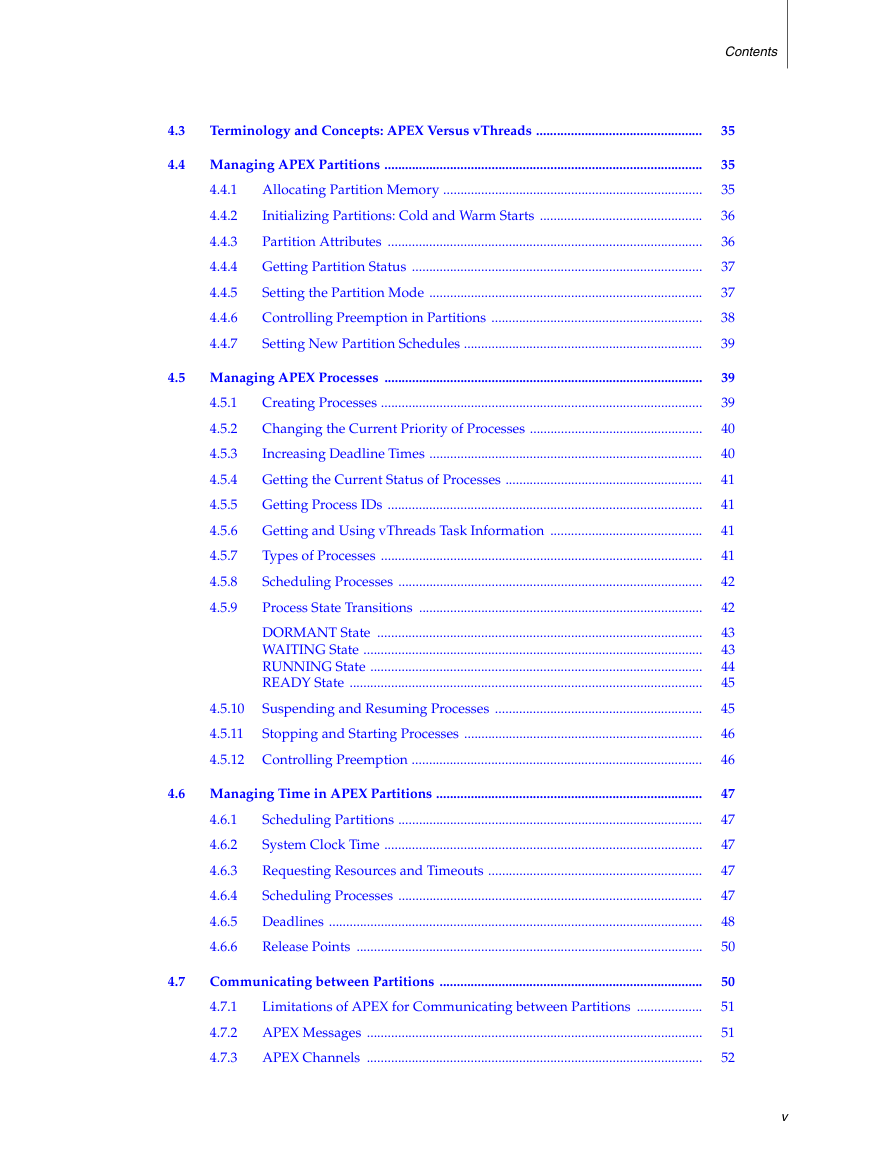
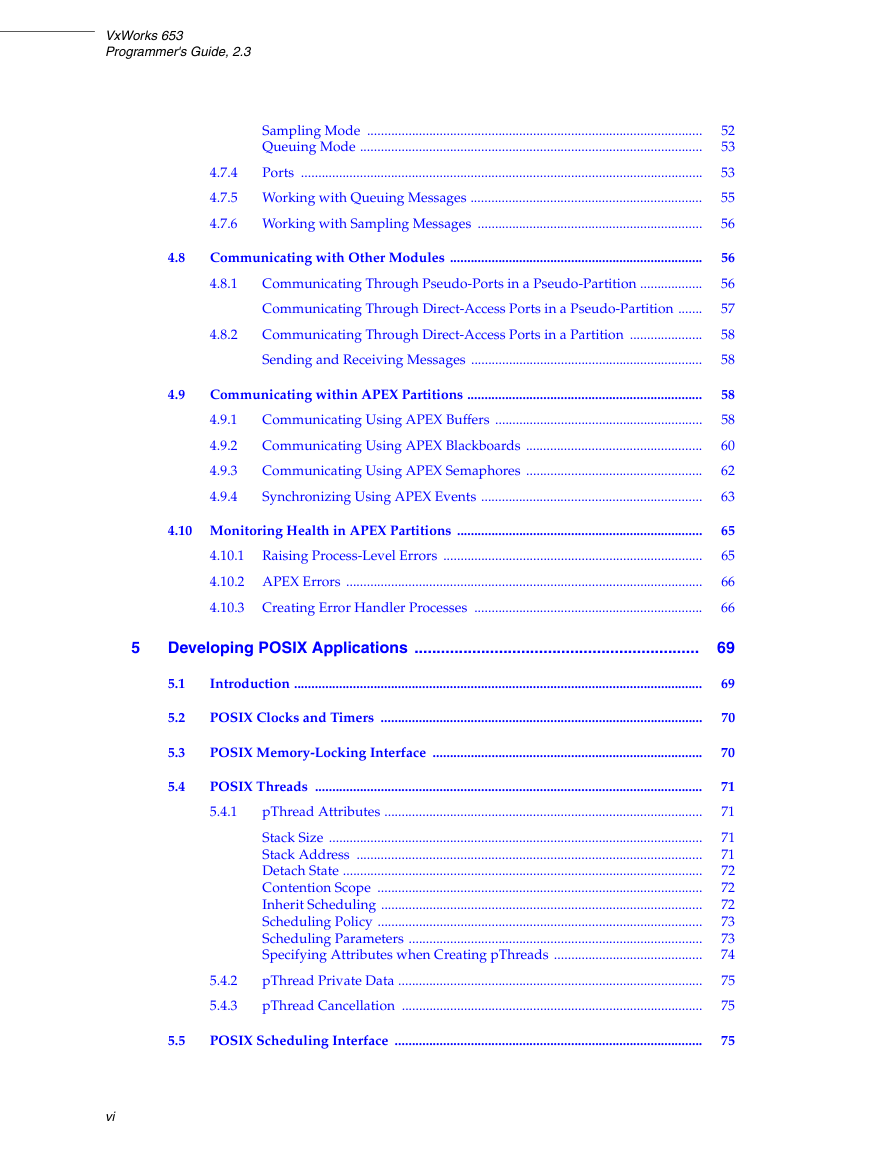
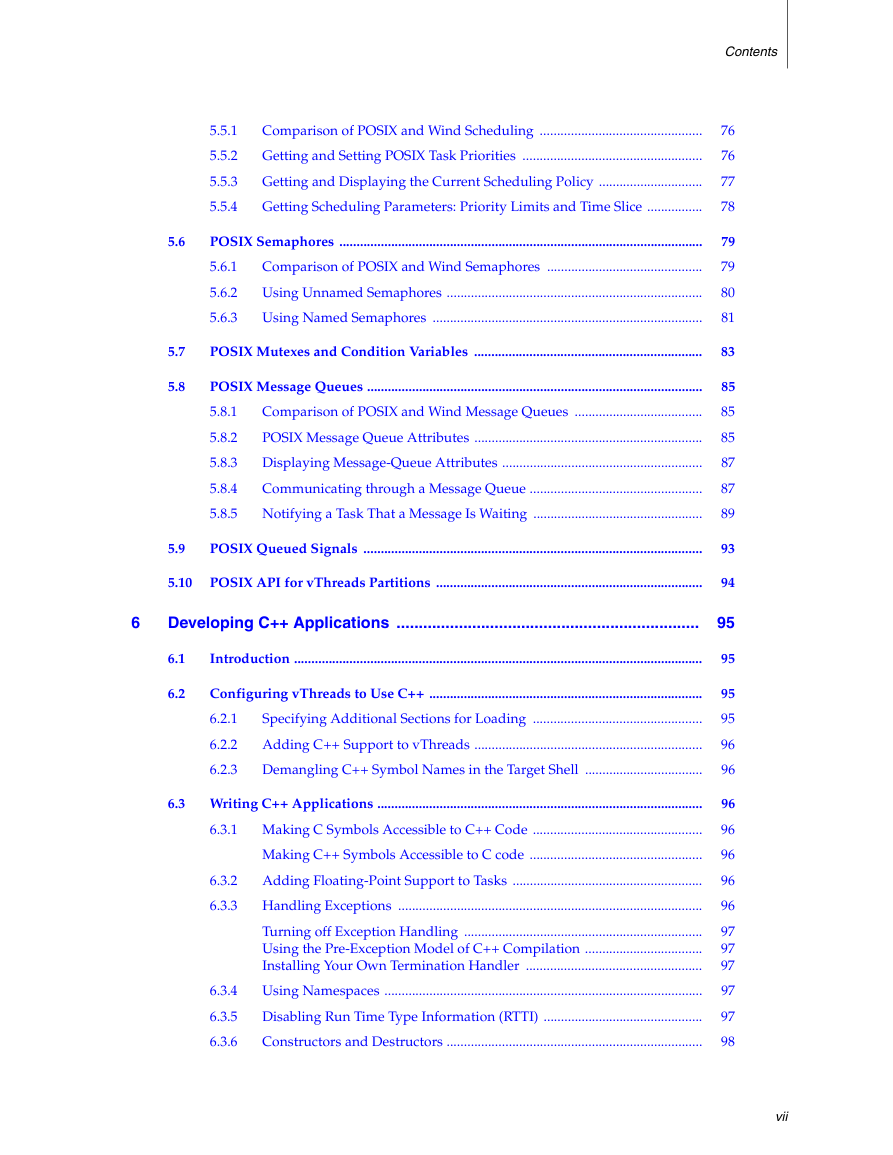









 2023年江西萍乡中考道德与法治真题及答案.doc
2023年江西萍乡中考道德与法治真题及答案.doc 2012年重庆南川中考生物真题及答案.doc
2012年重庆南川中考生物真题及答案.doc 2013年江西师范大学地理学综合及文艺理论基础考研真题.doc
2013年江西师范大学地理学综合及文艺理论基础考研真题.doc 2020年四川甘孜小升初语文真题及答案I卷.doc
2020年四川甘孜小升初语文真题及答案I卷.doc 2020年注册岩土工程师专业基础考试真题及答案.doc
2020年注册岩土工程师专业基础考试真题及答案.doc 2023-2024学年福建省厦门市九年级上学期数学月考试题及答案.doc
2023-2024学年福建省厦门市九年级上学期数学月考试题及答案.doc 2021-2022学年辽宁省沈阳市大东区九年级上学期语文期末试题及答案.doc
2021-2022学年辽宁省沈阳市大东区九年级上学期语文期末试题及答案.doc 2022-2023学年北京东城区初三第一学期物理期末试卷及答案.doc
2022-2023学年北京东城区初三第一学期物理期末试卷及答案.doc 2018上半年江西教师资格初中地理学科知识与教学能力真题及答案.doc
2018上半年江西教师资格初中地理学科知识与教学能力真题及答案.doc 2012年河北国家公务员申论考试真题及答案-省级.doc
2012年河北国家公务员申论考试真题及答案-省级.doc 2020-2021学年江苏省扬州市江都区邵樊片九年级上学期数学第一次质量检测试题及答案.doc
2020-2021学年江苏省扬州市江都区邵樊片九年级上学期数学第一次质量检测试题及答案.doc 2022下半年黑龙江教师资格证中学综合素质真题及答案.doc
2022下半年黑龙江教师资格证中学综合素质真题及答案.doc